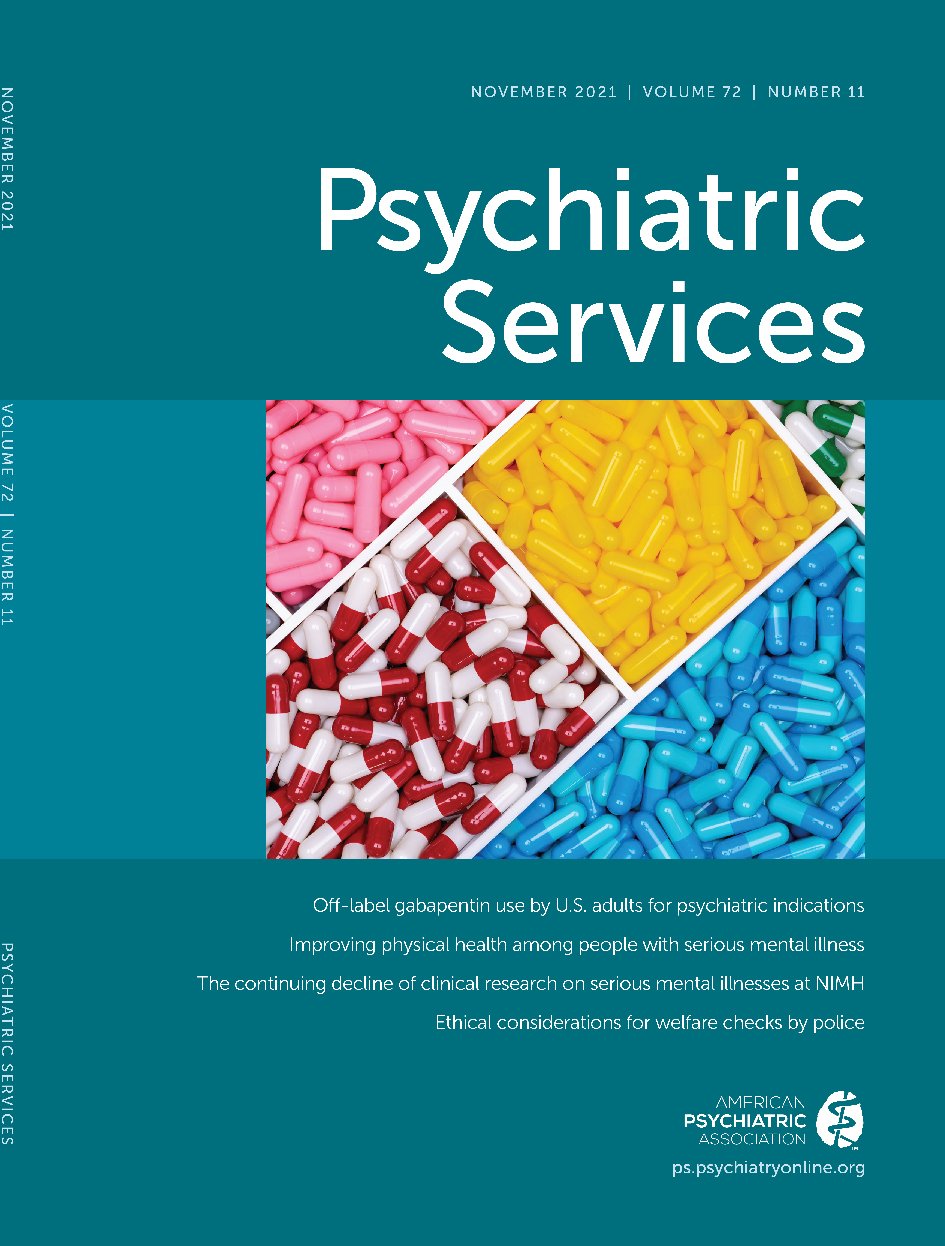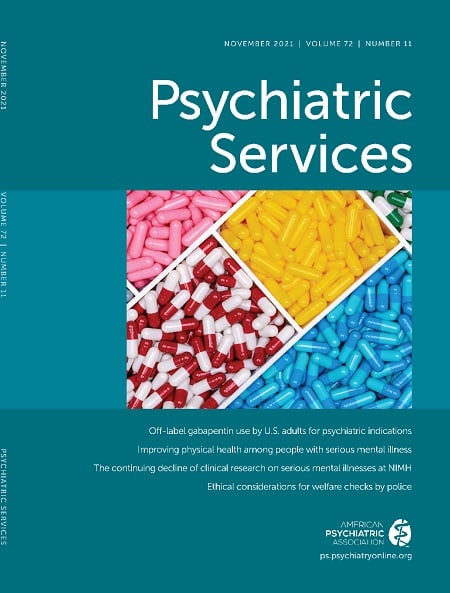TO THE EDITOR: Institutions for mental diseases (IMDs) are freestanding mental health care facilities that are maintained with the primary goal of treating patients who have psychiatric conditions. Medicaid programs are statutorily prohibited from using federal funds for care provided in IMDs in order to incentivize states to prioritize community-based service capacity (
1). Given these restrictions on Medicaid funding and the substantial cost of inpatient psychiatric care, states may seek alternative avenues through which to subsidize care in IMDs. One of these avenues is the Medicaid Disproportionate Share Hospital (DSH) payment program. Today, states allocate over $2.4 billion in Medicaid DSH payments to IMDs (
2). We conducted a study to describe IMD inpatient hospital characteristics and to identify characteristics associated with receipt of Medicaid DSH payments.
Using the Provider of Service (POS) files (
3), we identified IMDs nationally according to Medicaid’s definition: a freestanding psychiatric hospital with more than 16 beds that serves adults. Additional characteristics in the POS files included ages served (children/adolescent, adult, geriatric), number of psychiatric beds, ownership (for profit, nonprofit, government), rurality, treatment of forensic patients (i.e., patients in custody of the criminal justice system), provision of substance use disorder treatment, provision of outpatient mental health services, compliance with CMS’s conditions of participation, and acceptance of Medicaid.
We additionally obtained data on receipt of DSH payments from Medicaid state-plan-rate-year reports in 2015 (the most recent year available) (
4). We fit a multiple logistic regression model with a state fixed effect to identify IMD characteristics associated with receipt of DSH payments.
In this national sample of 1,112 IMDs, most were for profit, were located in urban areas, provided substance use disorder treatment, participated in Medicaid, and were compliant with conditions of participation (see the online supplement). Most did not provide outpatient care or treat children and adolescents or geriatric or forensic patients.
Only 144 (13%) IMDs received Medicaid DSH payments. After adjusting for characteristics and state fixed effects, we found that for-profit IMDs were less likely (odds ratio [OR]=0.46, p=0.04) and government-owned IMDs were more likely (OR=3.33, p<0.001) than nonprofit facilities to receive DSH payments. IMDs that treated forensic patients were much more likely than other IMDs to receive DSH payments (OR=6.17, p<0.001).
Most IMDs were urban and for-profit. The small subset of IMDs that care for forensic patients were the most likely to receive DSH payments. Forensic patients are often ineligible for federal insurance programs and have longer lengths of stay (
5). These factors may drive costs at certain IMDs, resulting in a reliance on DSH payments. Our results suggest that states may be using DSH payments to subsidize costs incurred by the criminal justice system.
The primary goal of the Medicaid DSH program is to bolster hospitals that serve low-income or uninsured patients. The use of DSH dollars to supplement IMD care leaves fewer dollars available for other types of hospitals, such as general, acute care, safety-net hospitals. Future work should aim to elucidate the specific mechanisms by which DSH payments are allocated to IMDs and potential effects on other systems of care.

